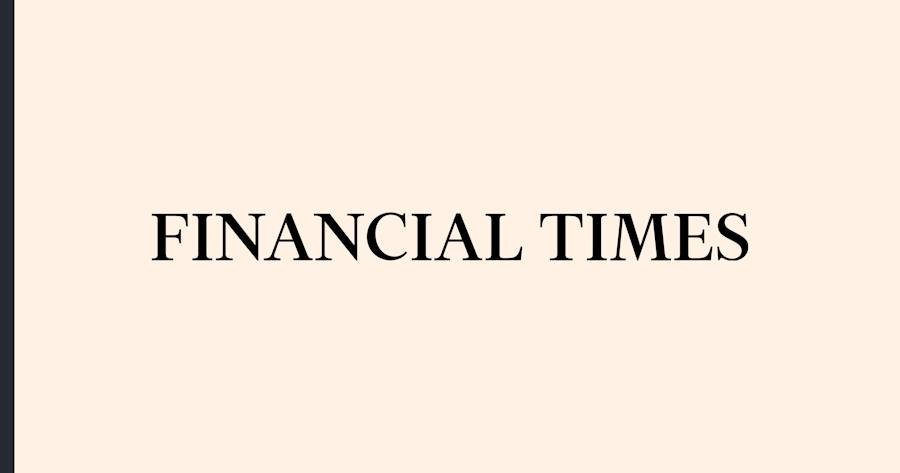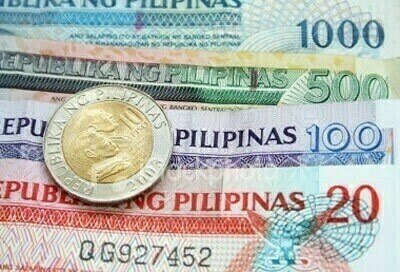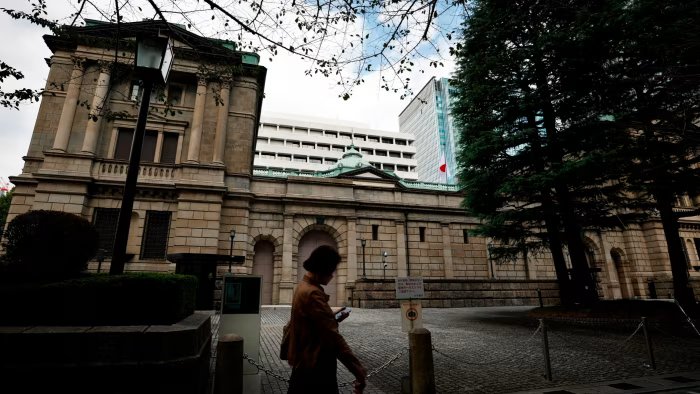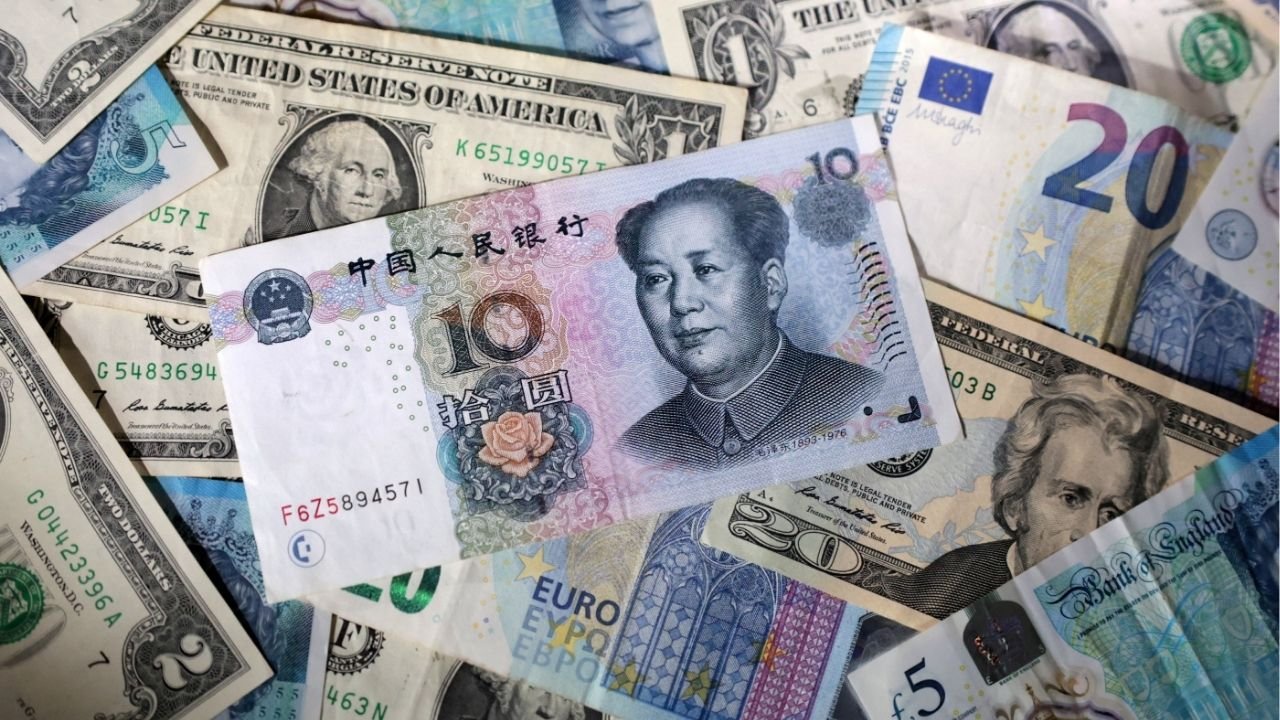Unlock the Editor’s Digest for free
Roula Khalaf, Editor of the FT, selects her favourite stories in this weekly newsletter.
By Geoff Lunt of HSBC Global Asset Management
Those of us with an interest in Asia know about the great fundamentals in the region and the upside potential of Asian currencies. But in previous bouts of global market turmoil, they have not fared well, suffering in general flights to safety.
But this time things look different. Asian currencies are holding up well and are themselves beginning to look like a safety haven. What’s more, by any standards, they are cheap.
Asian fundamentals stand in stark contrast to those in the US and Europe, where many governments have become severely indebted and public finances are deteriorating. Indeed, the catalysts for the recent turmoil have been two events directly emanating from the sovereign debt problems in the western world- the downgrading of the US Treasury market by Standard and Poor’s to AA+ from AAA, and the deteriorating Eurozone situation which had threatened to engulf the massive sovereign markets of Spain and Italy.
Consider some of the gross debt to GDP ratios as a rough guide to the relative state of government balance sheets-

Of course, Japan stands out as the most egregious example of excessive leverage, but the Japanese bond market is the investment of choice for the Japanese themselves, as it gives a real return in a very low interest rate, low inflation environment. Consequently, yields remain very low. Singapore also has a relatively high ratio, but in fact this should not be a concern to investors, as Singapore has deliberately created a deep, liquid benchmark yield curve in order to cement its status as one of the world’s premier financial centres.
Despite this, Asian currencies have not performed particularly well in the last few years, and this is possibly a hangover from the Asian crisis in 1997. Equally, though, governments have until recently been deliberately pursuing a weak currency policy in order to encourage exports. Taking a look at the admittedly rather blunt measure of Purchasing Power Parity (which compares how much of a currency is needed to buy the same goods in different countries) we see that Asian currencies are very undervalued.

(per cent under/over valued versus USD on PPP, Source- HSBC/Bloomberg/IMF)
But how have Asian currencies fared during the recent turmoil? Have investors’ perceptions changed as fundamentals in the region have improved? There is perhaps some evidence that they have, and while it might not be possible to describe Asian currencies as a ‘safe haven’ just yet, last week’s events may have marked a watershed for the region.
As can be seen by this chart, over the last few years Asian currencies (represented here by the JPMorgan Asia- Dollar index) have had a strong correlation to risk- benefitting when riskier assets rise and suffering when they fall. But in this latest episode, there has barely been a blip in their upwards progress against the dollar.

Source- HSBC/Bloomberg
Underlying this changing perception is the growing sense that Asian governments are becoming increasingly prudent with their public finances, are pursuing sensible inflation fighting policies and allowing their currencies to appreciate in a controlled and sustainable way. This is about as different as you could get from the policies of much of the Eurozone in recent years, while the US continues to pile up debt despite fierce objections from sectors of the population. Asian fixed income is becoming an increasingly important asset class, whether in local currencies or in USD, and because of the appreciation potential of the currency, demand for Asian bonds has remained high despite the recent hiccup in global equity markets.
Perhaps describing Asian currencies as a safe haven is not so far fetched after all.
Geoff Lunt is a senior product specialist at HSBC Asset Management
Related reading:
Investors look to Asian currencies, FT
Investors pray for political action – but watch Asia, FT
Fiscal worries linger after debt deal, FT







